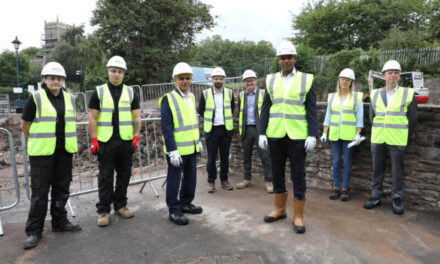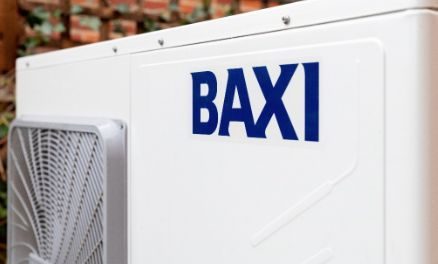 Ireland’s roll out of smart electricity and gas meters is scheduled to start in 2018. 2.2million electricity and 600,000 gas smart meters will be installed in homes across the country. This regulatory driven programme is aiming to address EU targets, which are reducing emissions by up to 9%, whilst also catering to the consumers and will ultimately lower energy costs by around 3%. Ireland is one of many EU member states deploying smart meters as part of the solution to manage energy supplies and tackle climate change.
Ireland’s roll out of smart electricity and gas meters is scheduled to start in 2018. 2.2million electricity and 600,000 gas smart meters will be installed in homes across the country. This regulatory driven programme is aiming to address EU targets, which are reducing emissions by up to 9%, whilst also catering to the consumers and will ultimately lower energy costs by around 3%. Ireland is one of many EU member states deploying smart meters as part of the solution to manage energy supplies and tackle climate change.
The Irish energy regulator, Commission for Energy Regulation (CER), has published numerous Decision Papers on the National Smart Metering Programme (NSMP), and a final decision on its structure is expected in April 2016. The most critical element of any successful smart meter roll out is the choice of technology for the communication network. The installation of a smart meter will enable consumers to understand their energy usage and allow them to make informed decisions to change their behaviour where necessary and to take advantage of best value tariffs. It is no longer enough to simply rely on billing statements.
CER, as part of its consultation, is currently evaluating what meter functionality and which communication technology will deliver a positive cost benefit analysis for the country-wide implementation. Among the communications choices are cellular, long range radio (LRR), and mesh. A crucial point CER will have to consider is data, and in this instance, it has to consider the security of the data from a smart energy network, which is a critical piece of national infrastructure. As the amount of data increases, so must the capacity to carry and successfully deliver it. This is why the communication network that Ireland selects for smart metering is so vital.There is a choice to be made here: use the existing cellular infrastructure or use a dedicated network to carry this data.
The challenge for cellular network operators is that the networks already carry out a specific service–transporting data from mobile devices, tablets, mobile broadband-enabled laptops and thousands of other non-critical devices. These networks will find themselves under pressure to meet existing consumer, business commitments and significant growth in the M2M and IoT sectors. Additional investment and a substantial development timescale would be required, before being able to factor in the guarantees needed by CER to provide a truly ‘utility-grade’ network for smart meters. Cellular networks also suffer from ‘notspots’, which are areas with no coverage. This is sometimes due to the cellular network being unable to penetrate buildings, or gaps in the network caused by the placement of communications infrastructure.
Cellular networks function best when it comes to reaching phones and other consumer devices in dense urban environments. Reaching remote rural areas and deep into buildings to the meter location is more challenging. Ireland, like almost every country, is a combination of built-up cities and towns separated by vast expanses of rural land, small villages and farms. Ireland’s geography, plus the problem of sharing capacity with an increasing number of connected devices, alongside an ever-increasing amount of data, means that a dedicated, resilient and secure by design network for smart meters is the only credible option.
Ireland needs a communication network that will not only cover 100% of the meter population regardless of location or building style, but also be totally secure and expand to accommodate future technology applications. LRR offers the resilience, reliability and security that a smart energy network requires. It is the only communications technology that can achieve at least 99.5% first time connection, with a single technology – and with no need for expensive ‘in-fill’ technologies to bridge the gap, such as mesh radio.
LRR is being rolled out to 10.2 million homes in the North of England and Scotland as part of the GB smart meter programme. It will cover an expanse that includes six of the ten biggest cities in the UK, and large rural areas – similar in size, population and topography to Ireland. Any network that wants to capture data in this environment not only needs to deal with dense urban areas but also connect with meters in the cellars of homes in the remotest of locations. LRR has already been successfully proven to be able to achieve this, and unlike cellular, is the only solution capable of carrying this out.
Smart metering is rapidly becoming the way modern utilities will run. The choice currently facing Ireland – and all EU governments looking to roll out smart meters – is whether to choose a communications solution that is trying to balance the needs of many applications, and may not meet the mandated requirements; or a dedicated, future-proof, utility-grade network that reaches every meter possible. When the answer lies within reach, is cost-beneficial and durable, surely the decision is an easy one to make?
By Neil Adams, Director, UK & Ireland, Sensus





